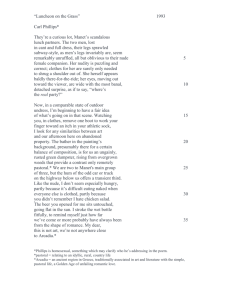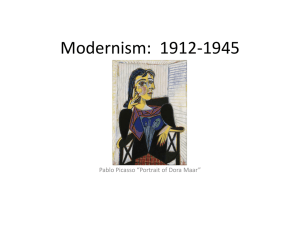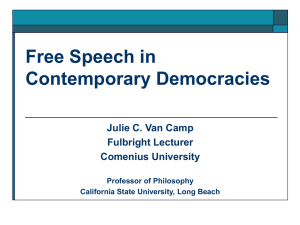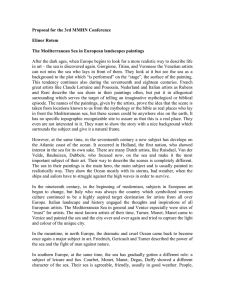Chapter 29 Study Guide Questions #1 Explain the influence of
advertisement
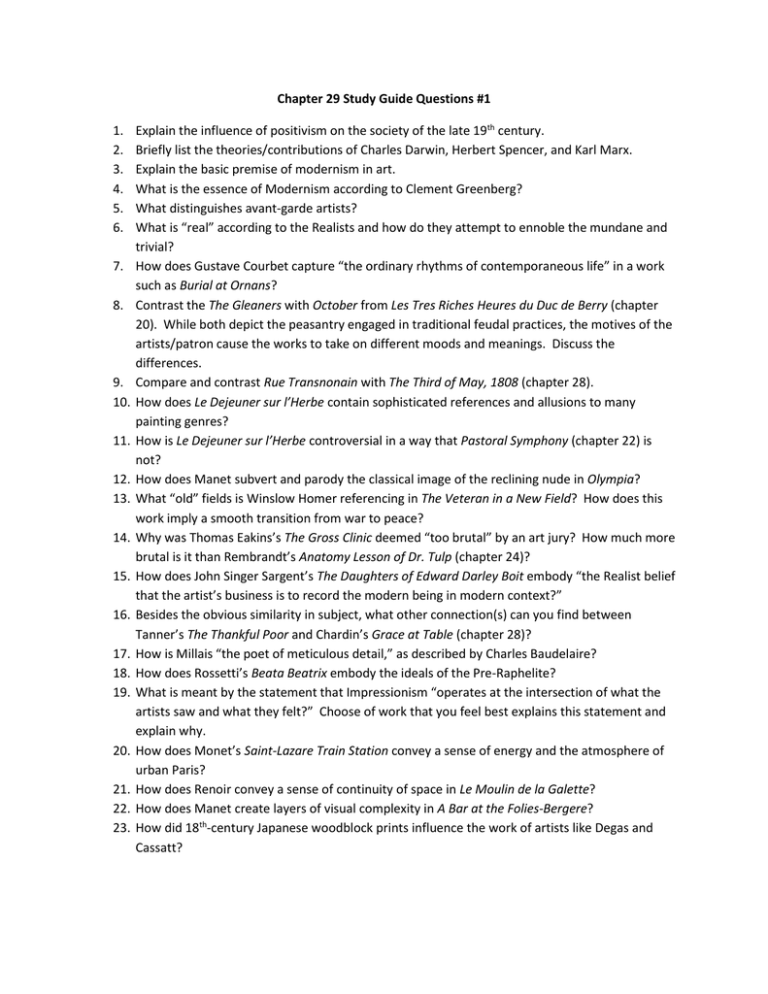
Chapter 29 Study Guide Questions #1 1. 2. 3. 4. 5. 6. 7. 8. 9. 10. 11. 12. 13. 14. 15. 16. 17. 18. 19. 20. 21. 22. 23. Explain the influence of positivism on the society of the late 19th century. Briefly list the theories/contributions of Charles Darwin, Herbert Spencer, and Karl Marx. Explain the basic premise of modernism in art. What is the essence of Modernism according to Clement Greenberg? What distinguishes avant-garde artists? What is “real” according to the Realists and how do they attempt to ennoble the mundane and trivial? How does Gustave Courbet capture “the ordinary rhythms of contemporaneous life” in a work such as Burial at Ornans? Contrast the The Gleaners with October from Les Tres Riches Heures du Duc de Berry (chapter 20). While both depict the peasantry engaged in traditional feudal practices, the motives of the artists/patron cause the works to take on different moods and meanings. Discuss the differences. Compare and contrast Rue Transnonain with The Third of May, 1808 (chapter 28). How does Le Dejeuner sur l’Herbe contain sophisticated references and allusions to many painting genres? How is Le Dejeuner sur l’Herbe controversial in a way that Pastoral Symphony (chapter 22) is not? How does Manet subvert and parody the classical image of the reclining nude in Olympia? What “old” fields is Winslow Homer referencing in The Veteran in a New Field? How does this work imply a smooth transition from war to peace? Why was Thomas Eakins’s The Gross Clinic deemed “too brutal” by an art jury? How much more brutal is it than Rembrandt’s Anatomy Lesson of Dr. Tulp (chapter 24)? How does John Singer Sargent’s The Daughters of Edward Darley Boit embody “the Realist belief that the artist’s business is to record the modern being in modern context?” Besides the obvious similarity in subject, what other connection(s) can you find between Tanner’s The Thankful Poor and Chardin’s Grace at Table (chapter 28)? How is Millais “the poet of meticulous detail,” as described by Charles Baudelaire? How does Rossetti’s Beata Beatrix embody the ideals of the Pre-Raphelite? What is meant by the statement that Impressionism “operates at the intersection of what the artists saw and what they felt?” Choose of work that you feel best explains this statement and explain why. How does Monet’s Saint-Lazare Train Station convey a sense of energy and the atmosphere of urban Paris? How does Renoir convey a sense of continuity of space in Le Moulin de la Galette? How does Manet create layers of visual complexity in A Bar at the Folies-Bergere? How did 18th-century Japanese woodblock prints influence the work of artists like Degas and Cassatt?

